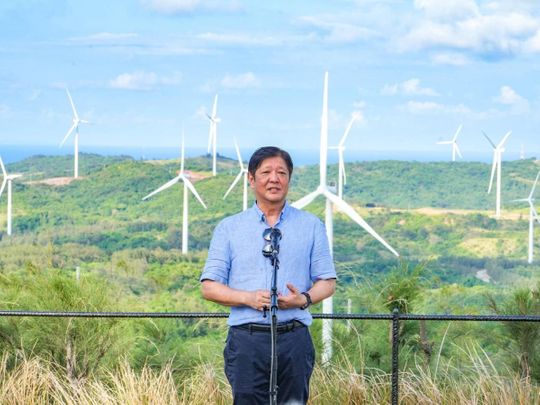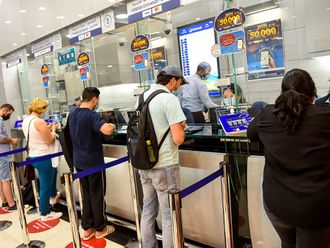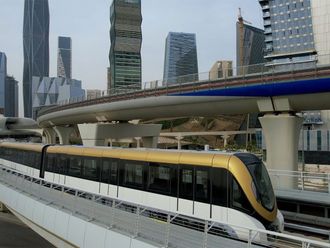
Manila: Investments in renewable energy in the Philippines just got a boost, with the inauguration of a 160-MW wind farm in Pagudpud, Ilocos Norte on Friday.
ACEN Corp’s 34 wind power generators in the area, built at the cost of Php11.8 billion (about $211-million), is currently the Philippines’ biggest wind farm.
On Twitter, President Marcos Jr thanked ACEN Corporation, the company behind the project, for helping improve the country’s “energy mix” and the Filipinos’ quality of life.
“On Friday, we personally saw the largest wind farm in the Philippines, with a capacity of 160 MW in Pagudpud, Ilocos Norte. We thank ACEN Corporation for their support in our move to improve the country's 'energy mix' and the quality of life for every Filipino," he stated.
ACEN is a subsidiary of Ayala Corp., a Manila-based conglomerate that traces its roots to 1834 when the Philippines was a colony of Spain. The conglomerate started as a distillery in Manila and then expanded into banking, hotels, real estate and telecommunications.
The Pagudpud wind farm in the South China Sea-facing portion of the northern Ilocos region of the main island of Luzon is close the Bangui Wind Farm, which has 20 units of 70-metre high Vestas 1.65-MW wind turbines, arranged along a 9-kilometer shoreline of Bangui Bay.
Most of Pagudpud turbines are operational. Once completed, the new 160-megawatt Pagudpud wind farm will be the Asian country’s largest single-site installation of wind turbines.
Energy Secretary Raphael Lotilla, and Ayala Corp. Chair Jaime Augusto Zobel de Ayala, also spoke during the inauguration, while the president’s eldest son, Ilocos Norte Representative Ferdinand Alexander "Sandro" Marcos, joined the president in the ceremony.
ACEN Corp. is the listed energy platform of the Ayala group. The Pagudpud Wind Farm, cover the coastal community of Balaoi and the nearby village of Caunayan.
In his speech, the president underlined the need to use alternate, clean, and renewable energy sources.
Marcos Jr said he hopes to see number 100th wind turbine to be up and running in the Asian country soon.
“We need to continue building facilities like this because what is needed in the market today is clean energy,” he added.
“It is a very proud day for me to see that what we had started has continued and it looks like it will further continue. After this, I hope that we will be coming back fairly soon to inaugurate the 100th turbine,” the President also said.
A modern wind farm has an expected service life of 20 years, with routine maintenance required every six months. The Philippines is expected to install 7.86 GW of wind power and 17.81 GW of solar capacity by 2030.
Full foreign ownership
The Philippines has fully opened its renewable energy sector to foreign ownership, representing a significant shift to the country’s energy policies.
On November 15, 2022, the Philippines’ Department of Energy (DOE) issued Circular No. 2022-11-0034, which amended 2008’s Renewable Energy Act (REA) removing stipulations that required Filipino ownership of certain renewable energy resources. On December 8, 2022, it went into force.
With the change, foreign investors can now hold 100 per cent equity in the exploration, development, and utilisation of solar, wind, hydro, and ocean or tidal energy resources.
The Philippine government hopes that allowing foreign ownership of renewable energy projects will increase the speed of the Philippines’ transition to renewable energy sources.
Under the Philippines’ National Renewable Energy Program (NREP) 2020-2040, the country aims for renewables to comprise 35 per cent of power generation by 2030 and 50 per cent by 2040.












